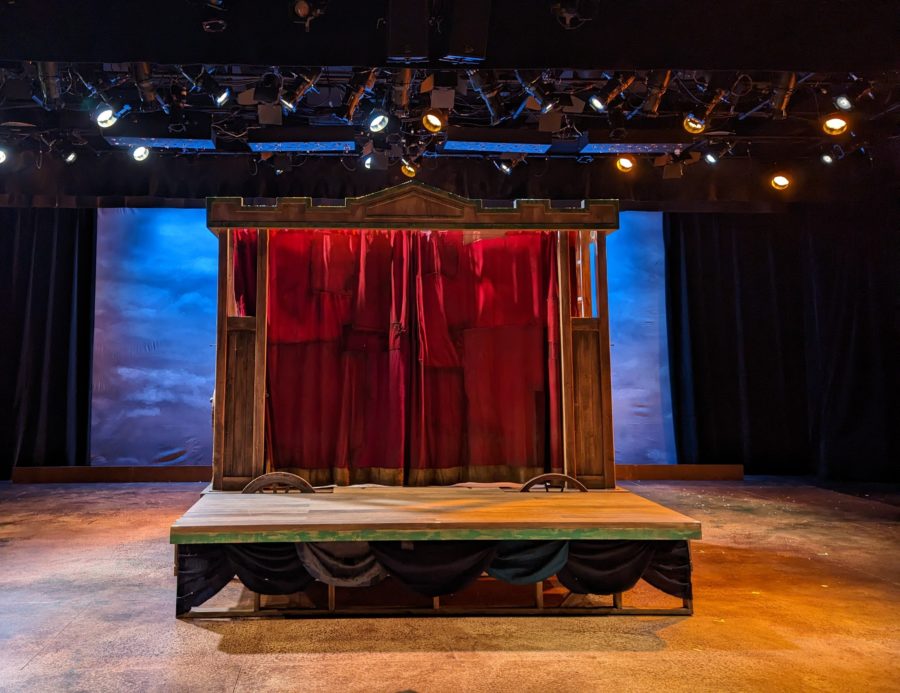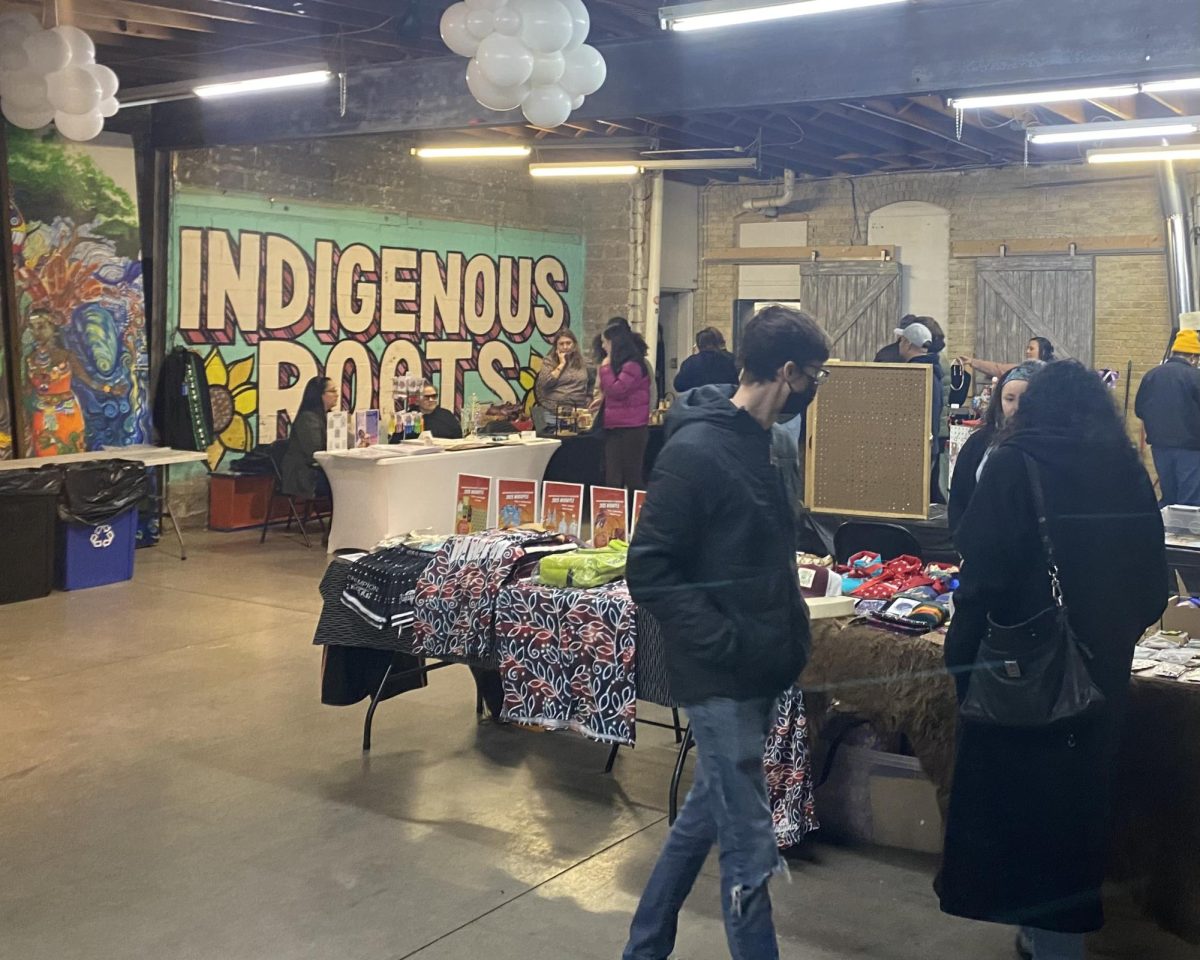The University of Minnesota’s undergraduate theatre program presented “The Amateurs,” which draws parallels between the AIDS epidemic and the COVID-19 pandemic, for two weekends in March at the Rarig Center.
The play follows a theater troupe attempting to outrun the bubonic plague while coping with their own personal traumas. Luverne Seifert, the director, said the connections to AIDS and COVID-19 would be “alive in people’s minds as they watched the production.”
The cast, made up of seven students, auditioned for the show in November and rehearsed for six weeks starting in January. Seifert had worked with all but one cast member in classes or other projects prior to this show, which he said was a large factor in the casting process.
Ethan Saari, a first-year student, started participating in theater in sixth grade and auditioned for this show because he wanted to find his niche in the University community.
Saari performed a roughly eight-page long monologue where he breaks the fourth wall. To prepare for the monologue, he had numerous four-hour workshop sessions over the phone with his mom, who works in theater. He said he did a lot of experimenting with this monologue using Seifert’s approach of letting the actors make the initial decisions on the line deliveries and movements.
“I had experience with that type of layout before and I really liked it,” Saari said. “I got into it again, and I felt like I grew a lot more with my acting through that.”
The show allowed the cast to incorporate ideas that were different from a traditional narrative play, according to Seifert. Members of the production were able to add in music, dances and the unfolding of a quilt that honored AIDS victims.
The way Black Death victims get forgotten about in “The Amateurs” was supposed to feel analogous to the way AIDS victims were treated, according to Seifert.
Ronald Reagan, who served as president when AIDS was first detected in the United States in 1981, didn’t address the epidemic “in earnest” until 1987, after almost 23,000 people had died, according to the Washington Post.
The show also took on other situations surrounding loss.
Riley Boals, a second-year theatre arts student, acted out a traumatic birth that ended in the loss of the infant on stage. The department brought a birthing coach into rehearsal to discuss the birthing process to help her with the scene.
Boals said performing the scene was extremely intimate and challenging, and it took her about four rehearsals to feel fully comfortable performing it.
“It is just very rewarding to have been able to tell that kind of story because it’s very real for many women in the world,” Boals said.
Aishu Nagasunder, a second-year theatre arts and communications student, played an actor in the theater troupe who loses her brother to the plague in the first scene of the show. At first, she said she had trouble getting into that headspace, overthinking it, but she learned to be with her character in the moment rather than trying to plan ahead.
Nagasunder’s realization of living with her character in the moment can be applied to the entire show as a whole. She said she wanted the audience to leave with the idea that despite life’s obstacles, it’s best to be present with the relationships you have and to keep moving forward.
“There’s always going to be something happening,” Nagasunder said. “But live in the moment and hold onto the people around you.”














